Does Mayonnaise Need to Be Refrigerated? Everything You Need to Know
Does mayonnaise need to be refrigerated? This is a problem that every home cook may encounter. The short answer? Yes, especially once it’s opened. While unopened bottles might sit on grocery store shelves without issue, once that seal is broken, refrigeration becomes non-negotiable. Let’s dive into why, how to do it right, and what happens if you skip this step.

Why Refrigeration Matters for Mayonnaise
You might have heard that commercial mayonnaise is “safe at room temperature” because of its high acid content (from vinegar or lemon juice) and preservatives. It’s true that these ingredients create an environment that slows bacterial growth, which is why unopened jars can last on pantry shelves until their expiration date. This shelf stability is a result of careful formulation—manufacturers balance acidity and additives to keep bacteria at bay, making unopened mayo a pantry staple.
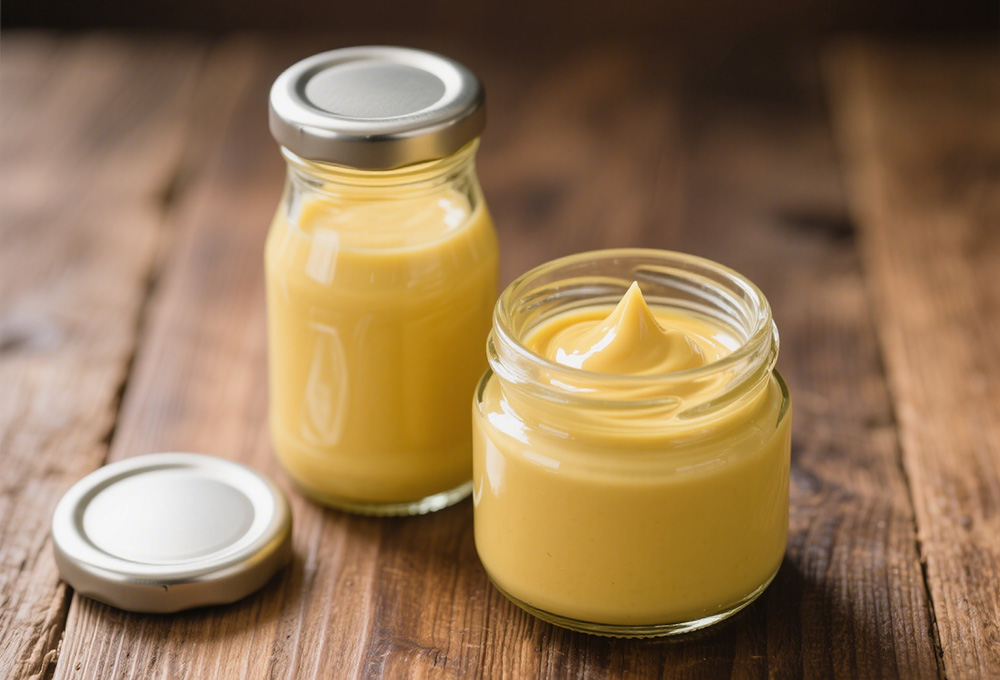
But once you crack the seal, everything changes. The protective barrier of the unopened container is gone, and the mayo is now exposed to the world. Even a single use introduces variables that can compromise its safety. It’s not just about the product itself but the way we interact with it in our daily routines.
Every time you open the jar, you introduce air, moisture, and tiny bits of food (like crumbs from a sandwich knife) that act as fuel for bacteria. These contaminants are invisible to the eye but can quickly multiply. Think of it like leaving a small piece of bread out—over time, it grows mold. Mayo, with its creamy texture, is even more inviting for microscopic organisms looking to thrive.
Bacteria like Salmonella and E. coli thrive in warm, moist conditions—think a picnic basket on a hot day or a countertop left unattended for hours. Over time, these bacteria multiply, and while mayo’s acidity slows them down, it doesn’t stop them entirely. Refrigeration, with its consistent cold temperatures (below 40°F/4°C), puts the brakes on bacterial growth, keeping your mayo safe to eat for longer. It’s a simple step that safeguards both taste and health.
How to Properly Refrigerate Mayonnaise
Sticking mayo in the fridge isn’t enough—you need to do it right to maximize freshness and safety. The first rule is timing: return it to the fridge immediately after use. Even 30 minutes at room temperature can start to compromise its safety, especially in warm kitchens. Don’t leave it out while you finish cooking or eat a meal—pop it back as soon as you’re done. Those extra minutes might seem harmless, but they add up, creating a window for bacteria to start multiplying.
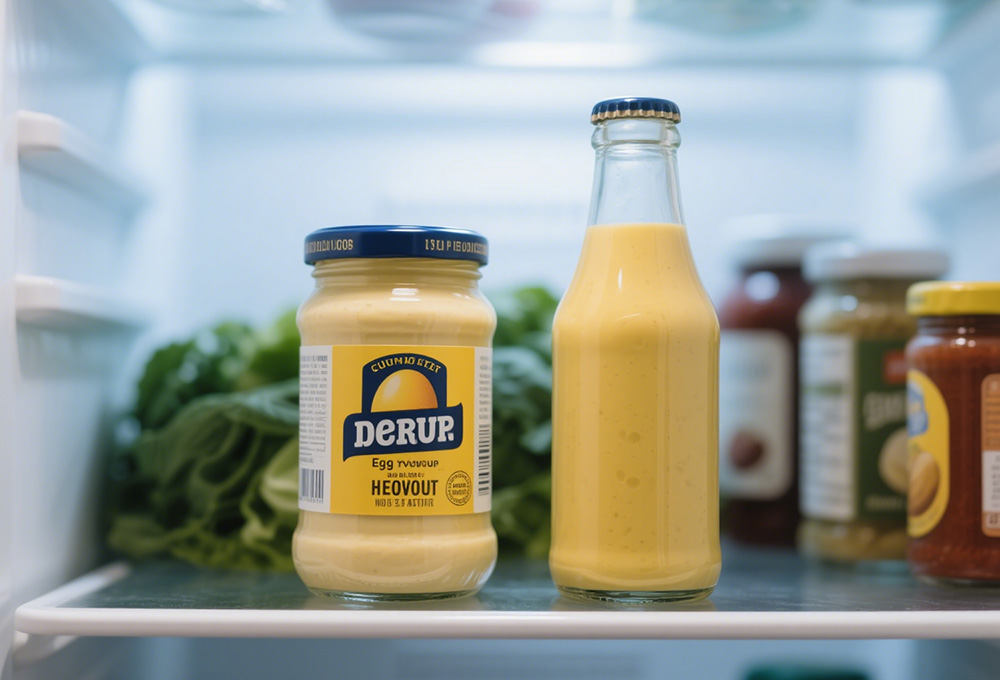
Second, where you store it in the fridge matters more than you might think. Avoid the fridge door at all costs. The door is the warmest part of the fridge, with temperature fluctuations every time you open it. Each time you grab a bottle of juice or a carton of milk, the mayo on the door gets hit with a blast of room-temperature air. Instead, store mayo on a shelf in the main compartment, where the temperature stays steady. This consistency is key to slowing bacterial growth and preserving texture.
Third, keeping it sealed tight is non-negotiable. Most mayo jars come with a twist-off lid—make sure it’s screwed on firmly after each use to prevent air and odors from seeping in. Air exposure can lead to oxidation, which makes the oil in mayo go rancid faster. If you transfer mayo to a different container (like a squeeze bottle for easier use), choose one with an airtight seal. Glass jars with rubber gaskets work well, as they create a barrier that plastic sometimes can’t match.
Fourth, utensil hygiene plays a bigger role than many realize. Always scoop mayo with a dry, clean spoon or knife. Never dip a used utensil (say, one that touched raw meat or veggies) back into the jar—this cross-contamination is a fast track to spoilage. Raw ingredients carry bacteria that can multiply rapidly in mayo, turning a simple condiment into a health risk. A clean utensil is your first line of defense against unwanted contaminants.
The lifespan of mayo depends on whether it’s opened, unopened, or homemade—and proper storage plays a huge role. Let’s start with unopened commercial mayo. If stored in a cool, dark pantry, it will last until the “best by” date on the jar, which is usually 2–3 months from the production date. The preservatives and acidity keep it stable, so there’s no need to refrigerate it before opening. This is why you’ll find mayo on grocery store shelves, not in the refrigerated section, until it’s purchased.

Opened commercial mayo is a different story. Once refrigerated, it stays fresh for 2–3 months after opening. To track this, write the opening date on the jar with a marker. It’s easy to lose track, especially if you don’t use mayo every day, but that simple note can save you from using a product that’s past its prime. If it’s past that window, it’s better to toss it, even if it looks fine—bacteria can grow without any visible signs.
Homemade mayo has the shortest shelf life. Without preservatives, homemade versions are far more perishable. They’ll last 1–2 weeks in the fridge, tops. The lack of additives means bacteria can grow quickly, so err on the side of caution—if it smells off, it’s gone bad. The freshness of homemade mayo is part of its appeal, but that comes with a trade-off: it can’t sit around as long as its commercial counterparts.
It’s important to note that these are general guidelines. Factors like fridge temperature (if it’s not cold enough, even properly stored mayo will go bad faster) and how often you use the mayo (more openings mean more contamination risk) can shorten its life. When in doubt, trust your senses—if it smells, looks, or tastes odd, it’s time to let it go.
Refrigerated vs. Unrefrigerated: What’s the Difference?
The gap between refrigerated and unrefrigerated mayo is stark, affecting both safety and taste. Let’s start with safety when left unrefrigerated. When mayo sits out (especially for more than 2 hours, or 1 hour if it’s above 90°F/32°C), it becomes a breeding ground for bacteria. Warm temperatures speed up bacterial growth, turning a condiment into a potential hazard. What starts as a few organisms can multiply into millions in a short time, making the mayo unsafe to eat.
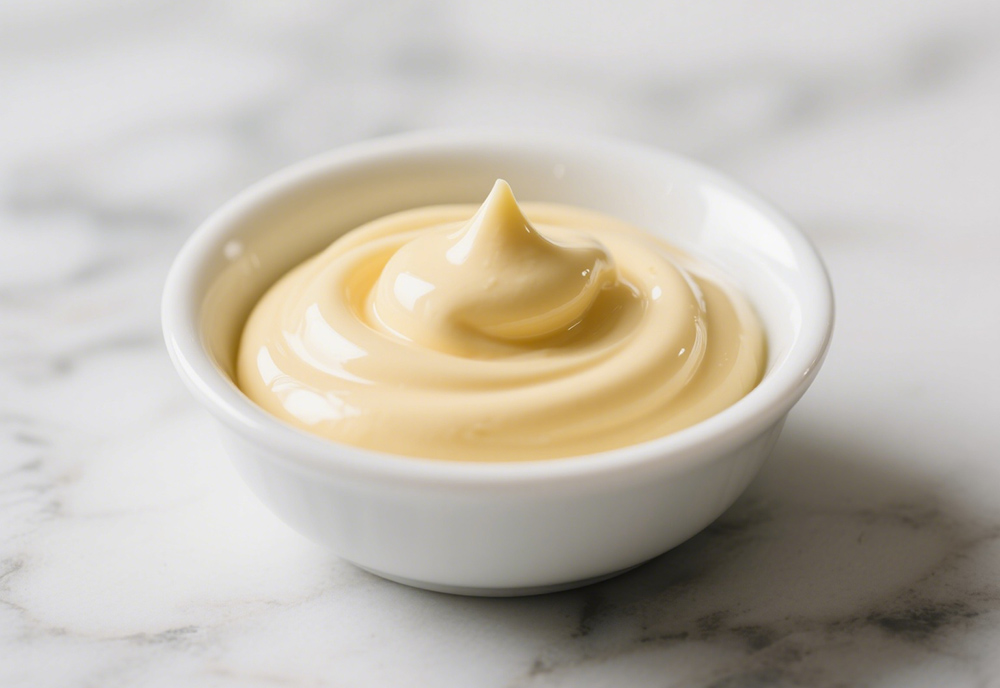
As bacteria multiply, they produce toxins that can cause food poisoning—symptoms like nausea, vomiting, and diarrhea. These toxins aren’t destroyed by cooking, so even a small bite of spoiled mayo can make you sick. It’s not just about the bacteria themselves but the harmful substances they leave behind. This is why food safety experts emphasize the “2-hour rule” for perishables like mayo, especially in warm weather.
Taste and texture also suffer when mayo is left out. The oils in mayo can go rancid over time, developing a stale, “off” flavor (sometimes described as “metallic” or “fishy”). This is due to oxidation, a chemical reaction that breaks down the fats, making the mayo unappetizing long before bacteria reach dangerous levels. Rancid mayo won’t necessarily make you sick, but it will ruin the flavor of any dish you add it to.
Refrigerated mayo, on the other hand, stays creamy, tangy, and safe. The cold slows oxidation, preserving its fresh flavor, and keeps bacteria in check, reducing the risk of foodborne illness. It maintains its smooth texture, spreading easily on sandwiches and mixing well into recipes. The difference is noticeable—refrigerated mayo tastes like it’s supposed to, while room-temperature mayo that’s been left out can taste flat or unpleasant. It’s a simple step that makes a big difference in both quality and safety.
When to Toss Expired Mayonnaise
If your mayo is past its prime, don’t take chances—throw it away. Signs that mayo has gone bad include a change in color (darker or yellowed), a slimy texture, or a sour, rancid smell. These are clear indicators that bacteria have taken hold or the oils have oxidized. Your senses are powerful tools here—if something seems off, it probably is.
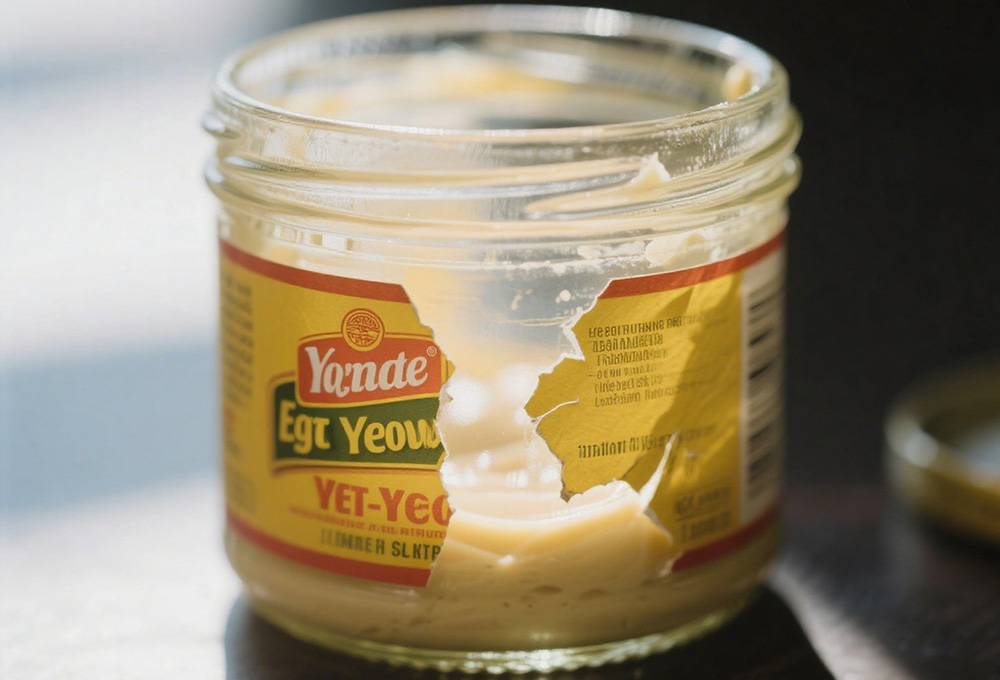
Time is another key factor. Even if it looks okay, if it’s been in the fridge for longer than 3 months post-opening (or 2 weeks for homemade), it’s better to play it safe. Bacteria can grow without changing the mayo’s appearance, so relying solely on sight is risky. That 3-month mark is a guideline based on food safety research, designed to protect you from hidden contaminants.
Eating expired mayo isn’t worth the risk, especially for certain groups. Foodborne illnesses from spoiled mayo can range from mild discomfort to severe symptoms requiring medical attention, especially for young kids, older adults, or anyone with a weakened immune system. These groups have less robust immune systems, making them more vulnerable to the effects of bacteria like Salmonella. What might be a stomach ache for one person could be much worse for another.
When in doubt, toss it out. It’s easy to feel wasteful, but the cost of a jar of mayo is far less than the cost of a trip to the doctor or a day spent sick. Keeping expired mayo around isn’t worth the risk, and replacing it with a fresh jar ensures you’re always using a safe, tasty product.
How to Make Homemade Mayonnaise (No Preservatives Needed!)
If you’re tired of store-bought mayo or want to avoid additives, homemade mayo is easier than you think—and it tastes fresher, too. Plus, since you control the ingredients, you can adjust the tanginess or add herbs for extra flavor. Here’s a simple recipe to try.
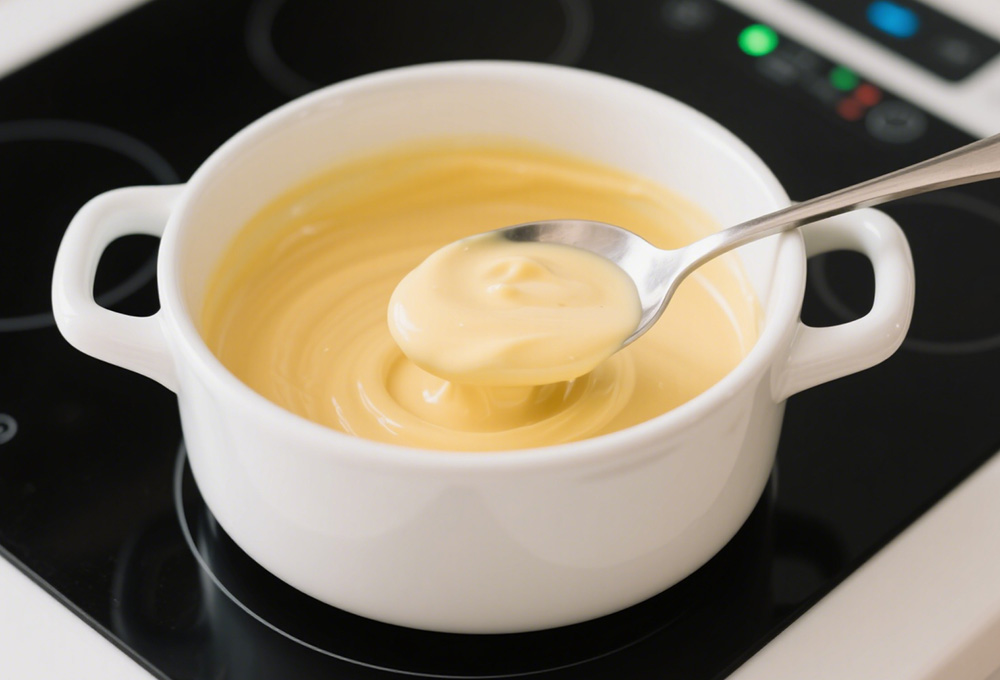
Ingredients:
• 1 large egg yolk (room temperature, from a pasteurized egg for safety)
• 1 teaspoon Dijon mustard (or yellow mustard)
• 1 tablespoon lemon juice or white vinegar
• ¼ teaspoon salt (or to taste)
• ½ cup neutral oil (like canola or grapeseed; avoid olive oil for a milder flavor)
Instructions:
1. In a medium bowl, whisk together the egg yolk, mustard, lemon juice, and salt until smooth. This base mixture creates the foundation of your mayo, with the mustard helping to emulsify the oil later.
2. Slowly drizzle in the oil, whisking constantly. Start with a few drops at a time—this slow addition helps the mixture emulsify (bind together) instead of separating. Patience is key here; rushing the oil addition is the most common reason homemade mayo fails.
3. As the mayo thickens, you can pour the oil a bit faster, but keep whisking vigorously. The mixture will start to take on a creamy texture, growing thicker with each addition of oil. This is a sign that the emulsification is working.
4. Once all the oil is incorporated, the mayo should be thick and creamy, like store-bought. Taste and adjust salt or acid if needed. If you want to add herbs, garlic, or spices, stir them in now for extra flavor.
Tips:
• Use room-temperature ingredients—cold eggs or oil can prevent proper emulsification. Letting them sit out for 30 minutes before starting makes a big difference in the final texture.
• If the mayo separates (looks watery), start over with a fresh egg yolk and slowly whisk the broken mixture into it. This trick can save a batch that would otherwise go to waste.
Store homemade mayo in an airtight container in the fridge for up to 1 week (it won’t last as long as commercial versions, so make small batches!). This short shelf life is a reminder of why refrigeration is so important—without preservatives, homemade mayo needs cold temperatures to stay safe.
Mayonnaise is a versatile staple, but its safety and freshness depend on one simple step: refrigeration. By storing it properly, checking expiration dates, and knowing when to toss it, you can enjoy its creamy goodness without worry. And if you’re feeling adventurous, homemade mayo is a delicious, preservative-free alternative—just remember to keep it cold!
